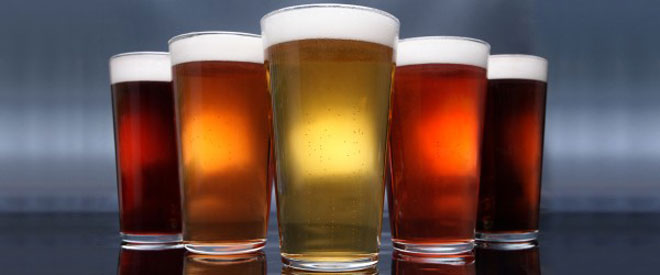Editor’s Note: Today’s article is the first from a new contributor, Dana Miller, who has recently joined The Malted Meeple team as Game Master and Manager. Keep your eyes out for many future articles by Dana!
Americans love drinking beer and for good reason; it’s delicious, fun, and scientific. You might have heard beer described as liquid bread and that’s because the core of the beverage is grain much like bread. As you may imagine, there is a degree of debate about when beer was invented. One idea was that way back in 4000 BC the Sumer people began to ferment a type of bread that had an intoxicating effect and they referred to it as a “divine drink.” We know now that there is no divinity in beer, but we still love it. North Dakota specifically seems to love beer more than any other state in the country. A Wall Street report claimed that the men and women of legal age in North Dakota drink 43.3 gallons of beer per person. Regardless of the history or how much is this tasty beverage consumed, you may have wondered to yourself “what is this that I’m drinking,” well let me tell you.
Beer, at its foundation, is a combination of hops, barley, water and yeast fermented and brewed together with variation to set up different colors, flavors, and styles. First, the barley is malted which is a process that is required in order for it to be digested by the yeast. Next the brewing grains are milled and mashed. Milling exposes the center of the barley grain while mashing causes the enzymes to activate and convert the grain and starch into sugar. The next step is a process called Lautering.
After the mashing, a sugary liquid called wort develops. During Lautering, the wort is separated from the grain then boiled. While the wort boils, hops are added to the boiling water and will break down; therefore changing the composition of the hops. The hops are the main factor behind the bitterness of the beer and the longer they boil, the more of their acids are introduced into the wort. Additionally, brewers will add hops after the boiling process to add flavor and aroma without the bitterness.
Now that the wort has boiled and received the flavoring of the hop, next it is time to ferment. Yeast, a sugar eating fungus, is exposed to the wort and turns the sugar into alcohol. The strain of yeast that is used is also very important as it influences the flavor of the beer. The last step is the bottling and packing. During this step, carbonation is forced into the beer and it is transferred to kegs, bottles, or cans.
My last note about beer is that although it may be delicious and delightful, it is important that we consider its use in moderation. The 19th century proverb “moderation in all things,” is a concept that we must remember when enjoying our subject. Beer consumption has evolved into a wonderful science and hobby that almost anyone can enjoy and embrace. Unfortunately, with a few wrong decisions it becomes ruined for someone else.
This article is a brief look into how we get our beer, but it is also just the beginning. My goal is to continue producing articles that discuss the many foundations of beer and the types that we all know today.
Finally, in toasting fashion, may you cheer to good fortune and your taste buds be forever enlightened by a smooth and frothy beverage.
Dana Miller has embraced the nerd culture his whole life. Starting from a passion for collectible X-Men cards to feverishly saving the princess from Bowser on his NES. He has managed game rooms, blockbusters and restaurants. He loves cooperative and team based activities, learning new board games, comic book films, League of Legends, and trying different craft beers.

